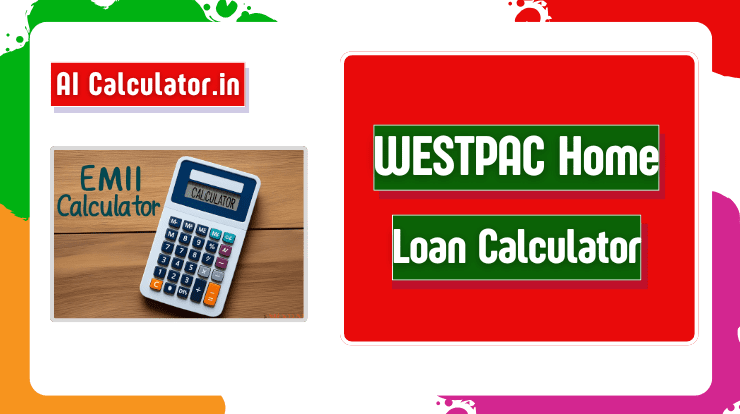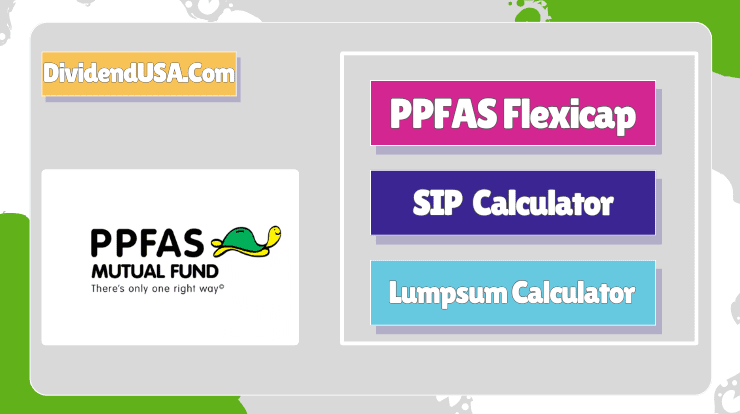Join WhatsApp Group
Join NowOregon SNAP Eligibility Calculator (2025)
This calculator uses the updated 2025 guidelines for Oregon’s SNAP program, including the expanded income limits and benefit amounts effective October 1, 2024 through September 30, 2025.
Your Household Information
Eligibility Results
Oregon Income Limits for SNAP Eligibility (2025)
| Household Size | Gross Income Limit (200% FPL) | Net Income Limit (100% FPL) |
|---|---|---|
| 1 | $2,510 | $1,255 |
| 2 | $3,408 | $1,704 |
| 3 | $4,306 | $2,152 |
| 4 | $5,204 | $2,600 |
| 5 | $6,102 | $3,049 |
| 6 | $7,000 | $3,497 |
| 7 | $7,898 | $3,945 |
| 8 | $8,796 | $4,394 |
| Each Additional | +$898 | +$449 |
Maximum Monthly SNAP Benefits (2025)
| Household Size | Maximum Monthly Benefit |
|---|---|
| 1 | $292 |
| 2 | $536 |
| 3 | $768 |
| 4 | $975 |
| 5 | $1,151 |
| 6 | $1,386 |
| 7 | $1,532 |
| 8 | $1,751 |
| Each Additional | +$219 |
Note: This is an estimate only. For official determination, contact the Oregon Department of Human Services. Eligibility may depend on additional factors such as immigration status, work requirements, and resource limits for non-categorically eligible households.
Overview of SNAP in Oregon
The Supplemental Nutrition Assistance Program (SNAP), formerly known as food stamps, provides monthly benefits via an Electronic Benefits Transfer (EBT) card to help low-income Oregon households purchase nutritious food at authorised retailers, including online at Amazon and Walmart. Eligibility is determined by the Oregon Department of Human Services (ODHS) and is based on federal guidelines, with Oregon expanding access through Broad-Based Categorical Eligibility (BBCE). This means many households qualify without strict asset tests if they meet income criteria or receive certain other benefits like TANF or SSI. As of September 17, 2025, the relevant limits are for the federal fiscal year October 1, 2024, through September 30, 2025. Recent federal changes from the One Big Beautiful Bill Act of 2025 (signed July 4, 2025) have tightened work requirements and non-citizen eligibility, with implementation ongoing in Oregon—check with ODHS for specifics.
Table of Contents
Who Qualifies for SNAP in Oregon?
To be eligible, you must:
- Reside in Oregon: You must live in the state and apply through ODHS.
- Be a U.S. Citizen or Eligible Non-Citizen: U.S. citizens and certain qualified non-citizens (e.g., lawful permanent residents who have lived in the U.S. for 5+ years, refugees, or children under 18) are eligible. Undocumented non-citizens are not. The 2025 Act has complicated non-citizen rules further, potentially restricting some groups—ODHS is providing guidance.
- Meet Household Definition: A household includes everyone who lives and buys/prepares meals together. Spouses and children under 22 are included even if they eat separately. Elderly (60+) or disabled individuals unable to prepare meals can form separate households under certain conditions.
- Pass Categorical Eligibility: Households receiving TANF, SSI, or other state-funded aid often qualify automatically without standard income/asset tests, as long as net income allows benefits.
- Special Groups:
- Students: Enrolled college students (half-time or more) are generally ineligible unless exempt (e.g., working 20+ hours/week, caring for a dependent child, or receiving TANF/SSI). Graduate students need 5+ credits for half-time status.
- Elderly/Disabled: Households with members 60+ or disabled may skip gross income tests and have higher deductions.
- Homeless Individuals: Eligible with a $190.30 shelter deduction.
Even if you meet these, your net income must be low enough to generate a benefit (benefits are zero if net income covers the full expected food cost).
Income Eligibility
Eligibility hinges on gross (pre-deduction) and net (after-deduction) monthly income, compared to federal poverty levels (FPL). Oregon uses:
- Gross Income Limit: 200% of FPL for most households (higher than the federal 130% standard due to BBCE expansion).
- Net Income Limit: 100% of FPL.
- Households with elderly/disabled members: Only the net income test applies, potentially allowing a higher gross income.
- Income Types: Includes earned (wages, self-employment) and unearned (SSI, child support, unemployment). Self-employment income deducts business costs (varies by state; Oregon follows federal rules). Report all changes promptly.
Deductions to calculate net income include:
- 20% of earned income.
- Standard deduction ($204 for 1-3 people; $204 + $69 per additional up to 10; $352 for 10+).
- Dependent care costs.
- Child support paid.
- Medical expenses over $35/month for the elderly/disabled.
- Excess shelter costs (rent/utilities; capped at $712/month unless elderly/disabled, then uncapped).
2025 Income Limits (Monthly, for Oct 1, 2024 – Sep 30, 2025)
These apply to the 48 contiguous states, including Oregon.
| Household Size | Gross Income Limit (200% FPL - Oregon Expanded) | Net Income Limit (100% FPL) | Federal Gross (130% FPL - Reference) |
|---|---|---|---|
| 1 | $2,510 | $1,255 | $1,632 |
| 2 | $3,408 | $1,704 | $2,215 |
| 3 | $4,306 | $2,152 | $2,798 |
| 4 | $5,204 | $2,600 | $3,382 |
| 5 | $6,102 | $3,049 | $3,965 |
| 6 | $7,000 | $3,497 | $4,548 |
| 7 | $7,898 | $3,945 | $5,131 |
| 8 | $8,796 | $4,394 | $5,714 |
| Each Additional | +$898 | +$449 | +$583 |
Notes: Limits may be higher for households with elderly/disabled members. Use ODHS's SNAP Estimator tool for a personalised calculation based on income and expenses. These are pre-tax; actual eligibility considers deductions.
Resource (Asset) Eligibility
Oregon has no asset limit for most households due to BBCE, aligning with TANF-funded programs. This means savings, checking accounts, homes, and most vehicles do not disqualify you. However:
- If not categorically eligible, federal limits apply: $3,000 countable resources ($4,500 if elderly/disabled).
- Countable: Cash, bank accounts, non-primary vehicles (equity over $10,000 may count in some cases).
- Excluded: Primary home/lot, household belongings, retirement accounts, vehicles used for work/transport, and TANF/SSI resources.
The application may still ask about assets for verification.
Work Requirements
All able-bodied adults must register for work and accept suitable jobs. Key rules:
- General Work Rules: Do not quit voluntarily, reduce hours below 30/week without good cause, or refuse training.
- ABAWD (Able-Bodied Adults Without Dependents) Time Limit: Ages 18-52 (expanded from 49 in the 2025 Act) without children under 18 (or under 14 for exemptions) are limited to 3 months of benefits in 36 months unless working/training 20+ hours/week (80 hours/month total). Oregon's current period: Jan 1, 2025 – Dec 31, 2027.
- Exemptions: Pregnant, disabled, caring for a child <6 or an incapacitated person, veterans (exemption removed in 2025 for some), homeless, or under 24 if formerly in foster care.
- Good cause for non-compliance: Illness, transportation issues—report to ODHS.
- Starting September 1, 2025, stricter enforcement in Oregon for non-exempt adults 18-54: Must document 80 hours/month of work, volunteering, or training.
- Students and others may have additional rules.
Failure to comply can result in benefit loss, but you can regain eligibility by meeting requirements.
Maximum SNAP Benefits
Benefits depend on net income (household pays ~30% of net income toward food; SNAP covers the rest up to the max). Maximum allotments for 2025 (Oct 1, 2024 – Sep 30, 2025):
| Household Size | Maximum Monthly Benefit |
|---|---|
| 1 | $292 |
| 2 | $536 |
| 3 | $768 |
| 4 | $975 |
| 5 | $1,151 |
| 6 | $1,386 |
| 7 | $1,532 |
| 8 | $1,751 |
| Each Additional | +$219 |
Minimum benefit: $23 for 1-2 person households (if eligible). Expect adjustments for inflation or policy changes.
How to Apply
- Screen for Eligibility: Use the ODHS SNAP Estimator (snapestimate.dhsoha.state.or.us) or SNAPSCREENER.com for a quick estimate.
- Submit Application: Online at ONE.Oregon.gov (preferred), by phone (1-800-699-9075), mail, fax, or in-person at a local ODHS office. No fee; Spanish/ other languages available.
- Required Documents: ID (e.g., driver's license), Social Security numbers, proof of income (pay stubs for last 30 days), rent/utilities receipts, and medical expenses (if applicable). Submit within 30 days.
- Interview: ODHS will schedule (phone or in-person) within 30 days; expedited benefits possible if income < $150/month and assets < $100.
- Decision: Typically within 30 days; benefits start from the application date if approved. Track status at ONE.Oregon.gov.
- Report Changes: Income, household size, etc., within 10 days to avoid overpayments.
For help: Call ODHS at 1-800-699-9075 (Mon-Fri, 7 a.m.-6 p.m.) or visit a local office. Partners like Partners for a Hunger-Free Oregon offer application assistance. If denied, request a hearing within 90 days.
This is general guidance; actual eligibility varies. Contact ODHS for personalised advice, especially with 2025 changes.



